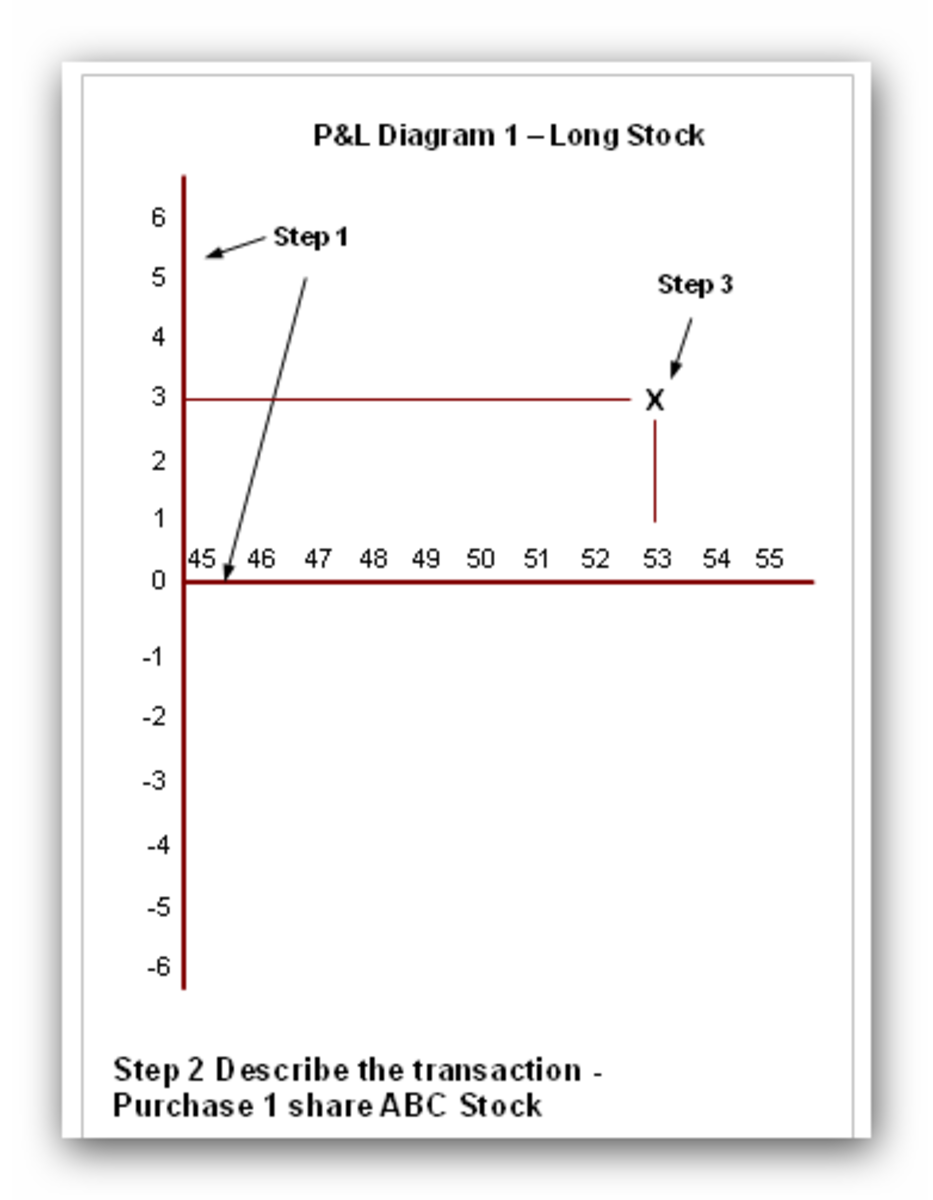Options Strategy and Considerations
Options Strategy
One of the most challenging aspects of trading options and one of the core elements of options strategy is learning the art of self-discipline. You have to get to a place where you establish rules and certain trading standards that you will not transgress. You will have to learn how and when to open and close your position, how you’re going to decrease your risk exposure, and what potential targets for profits you will set. Without these measures in place, your chances of profiting are drastically reduced.
Discipline is a required fact of trading successfully. If you master the art of being able to trade your positions in line with rules that you have already defined, you will decrease your risk of being tempted to trade emotionally and by the “seat of the pants”, so to speak. Because the options market is so fast-paced and always changing, plus the fact that options have limited time frames (they expire after a certain time), you will need to learn how to put time on your side in order to trade properly. This requires you knowing the whole purpose of and use of options, and also knowing when to exit your trade.
You must establish your trading plan before you even press the “Place Order” button on your trading screen. What is the purpose of your option position? Is it to profit from the option itself, or is it to leverage your stock holdings for profit? Are you going to purchase (go long) options or write (go short) options? If you sell options short (or in other words, write them), you will need to know the implied volatility of that option so that you can know if selling is worth your while. You can also use options as a strategy to protect your stocks from eroding in losses.

Options Strategy and Considerations
Once you define your plan of entry, you must immediately make a plan for exit. You must know when you are going to get out of your trade, and what will be the triggers that will indicate to you that you should exit the market. Will it be a certain percentage of loss to your account? Also, defining profit points is just as vital. Will you exit the trade when you increase to 20% or 40% profit, or will you use a trailing stop to maximize the trend? Maybe doubling your money will be a good rule of thumb for option trading profit targets.
Knowing your risk is vital to trading options. If you are trading “naked” options, you should automatically know that your risk is much higher than if you were using cash secured options. Should you liquidate your option position at a certain point of loss, or should you take the risk to let it expire? You must think of all these kinds of things before placing your trade. Otherwise, you will be trading blind and possibly falling into a ditch, to use a metaphor.
An important lesson to learn is that options and stocks should be viewed as one whole unit, not a separate entities. You must think of your overall options strategy and plan accordingly to avoid frustration and financial loss. Without sticking to your plan, your failure will be inevitable, you just may not have knowledge of it yet. Do not allow yourself to have exceptions to your trading rules. Be firm with yourself, because your real hard-earn money is on the line.








